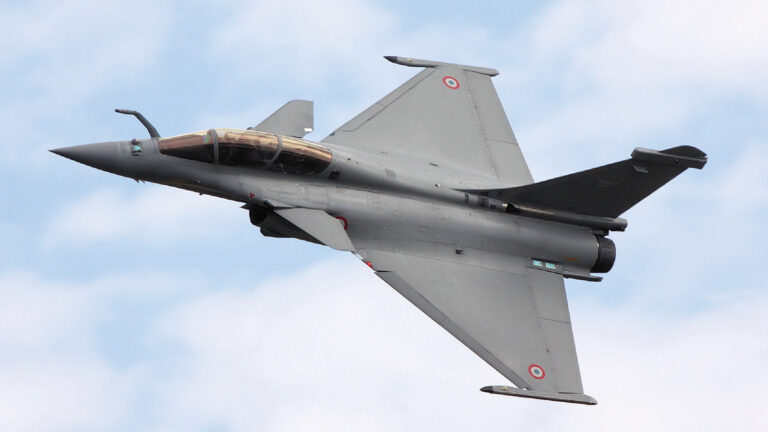Stay Up to Date
Submit your email address to receive the latest industry and Aerospace America news.
Q. Explain why the following is true or false: The Dassault-built Rafale fighter and NASA’s X-59 low-boom design each have canards in front of their wings for the same aerodynamic reason.
Draft a response of no more than 250 words and email it by midnight Nov. 11 to [email protected] for a chance to have it published in the December issue.
From the October issue
LIGHTSAILS AND LIGHT SPEED: Not withstanding Einstein, we asked you whether a lightsail could crack the speed of light if given enough time to accelerate, given that Earthly sailboats often go faster than the wind. Your responses were reviewed by retired U.S. Air Force Brig. Gen. Pete Worden, an astronomy Ph.D. and executive director of the Breakthrough Starshot initiative.
WINNER: No, for many reasons. If “notwithstanding Einstein” means neglecting Relativity, photons have no mass and cannot impart momentum to the lightsail, so you will not accelerate. With Relativity, as the lightsail approaches the speed of light, it gains relativistic mass, dampening any force’s acceleration to asymptotically approach, but not exceed, light speed. In the interest of aeronautics, let’s go with “just applying classical physics.” A sailboat traveling less than a right angle off where the wind is coming from uses its sail as an airfoil, not a parachute. The force of water against the keel cancels the perpendicular portion of lift. As the boat accelerates upwind, to the sail, the wind appears to accelerate, increasing lift. The sailboat keeps accelerating until the sail’s lift in the direction of motion is countered by drag. For the lightsail, photons pass through each other, so there is no pressure differential to create lift. The photons’ change in momentum when reflecting off the lightsail provides the force. The shallower the reflection, the less force is imparted, so the best you can do is have your light source directly behind you. The amount of energy imparted by a photon is proportional to frequency. As a lightsail accelerates towards the speed of light, a photon approaching from behind will be red-shifted (from the Doppler effect) towards having zero energy, reducing its effective force to nothing, so a lightsail can never accelerate beyond the speed of light.
Jeffrey J. Mach
Santa Clara, California
Mach works for Sierra Lobo Inc. as a site manager at the Thermophysics Facilities Branch of NASA’s Ames Research Center.
Stay Up to Date
Submit your email address to receive the latest industry and Aerospace America news.




